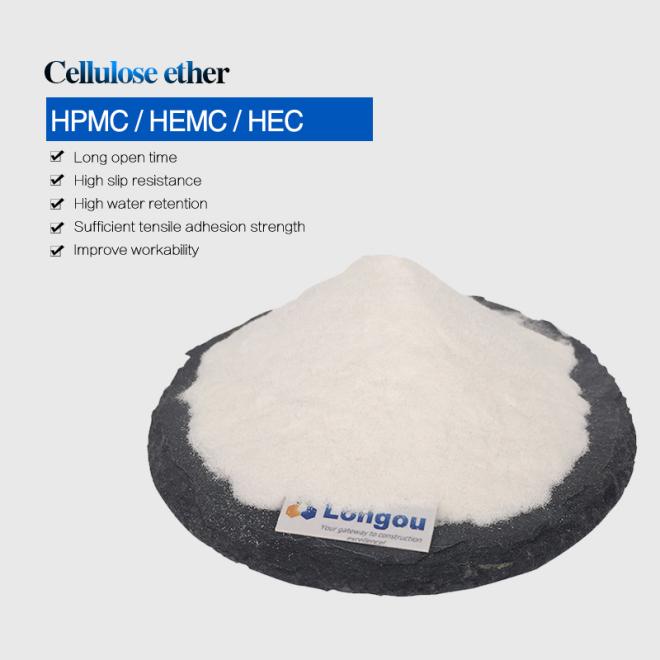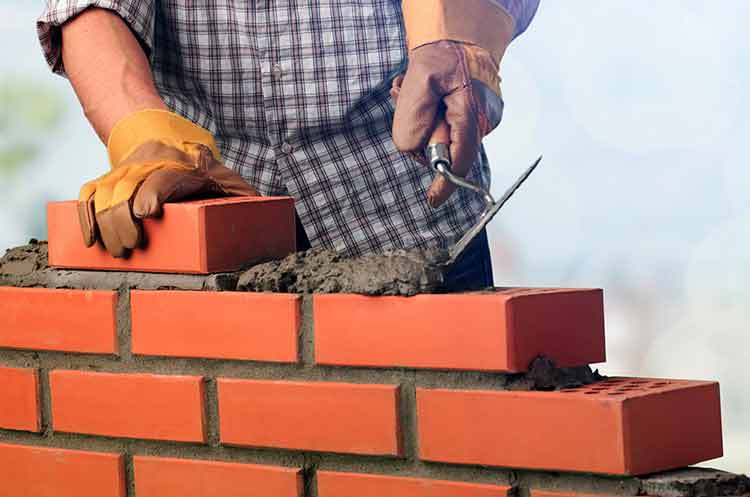In the intricate world of drymix mortar formulation, every ingredient plays a pivotal role. Among them, cellulose ethers stand as the cornerstone, dictating everything from water retention and workability to final strength. For formulators and engineers, the choice often narrows down to two primary contenders: Hydroxypropyl Methylcellulose (HPMC) and Hydroxyethyl Methylcellulose (HEMC).

Both are powerhouse additives. Both are essential. But they are not interchangeable.
Selecting the right one is not merely a technical checkbox; it is a strategic decision that impacts product performance, production efficiency, and ultimately, your project's success. This guide will cut through the confusion, providing a clear, logical framework for choosing between HPMC and HEMC for your specific drymix mortar applications.
The Foundation: Understanding the Role of Cellulose Ethers
Before we dive into the comparison, let's establish what these compounds do. HPMC and HEMC are both water-soluble polymers derived from cellulose. When added to drymix mortars—such as tile adhesives, renders, plasters, and self-leveling compounds—they perform several critical functions:
Water Retention: They slow down the water evaporation rate, allowing the cement to hydrate fully. This is crucial for achieving ultimate strength and preventing issues like cracking.
Workability: They impart a buttery, smooth consistency that makes the mortar easy to mix, pump, and apply.
Air Entrainment: They help incorporate a controlled amount of air, improving freeze-thaw resistance and workability.
Open Time: In tile adhesives, they define the period during which tiles can be adjusted after application.
.jpg)
The chemical structures of HPMC and HEMC are similar, but a single atomic difference in their side chains creates a divergence in performance.
HPMC vs. HEMC: A Head-to-Head Technical Comparison
The core difference lies in their substituent groups. HPMC contains methyl and hydroxypropyl groups, while HEMC contains methyl and hydroxyethyl groups. This seemingly minor variation has profound implications.
Key Performance Differentiators:
1. Water Retention: The Primary Battleground
Water retention is arguably the most critical property, especially in highly absorbent substrates or hot, windy conditions.
HPMC: Generally offers excellent water retention. It forms a robust protective colloid film around water molecules, effectively shielding them from rapid absorption or evaporation.
HEMC: Typically demonstrates superior water retention compared to HPMC of the same viscosity grade. The hydroxyethyl group has a higher affinity for water molecules, creating a more effective barrier against water loss. This makes HEMC the preferred choice in demanding applications where maximum water retention is non-negotiable.
.jpg)
For a deep dive into how our cellulose ethers enhance water retention, explore our product page on Mortar Grade HPMC.
2. Workability and Lubrication: The Feel of the Mortar
This is a sensory property that experienced masons and applicators immediately notice.
HPMC: Provides good workability. The mortar is smooth and cohesive.
HEMC: Is widely recognized for providing superior workability and slickness. The mortar feels more "buttery" and offers a smoother, less sticky application experience. This enhanced lubricity can reduce trowel resistance, leading to less applicator fatigue.
3. Enzyme Resistance: A Critical Factor for Certain Binders
This is a frequently overlooked but vital consideration. Some modern building materials, like eco-friendly cements containing starch or other organic compounds, can harbor cellulase enzymes. These enzymes can degrade cellulose ethers.
HPMC: The hydroxypropyl group in HPMC provides a degree of steric hindrance, making it more resistant to enzymatic degradation than HEMC.
HEMC: Is more susceptible to breakdown by cellulase enzymes. In formulations with enzyme-prone binders, this can lead to a significant loss of viscosity and water retention over time.
If your mortar uses a binder known for this issue, HPMC is the safer, more stable choice.
4. Surface Activity and Adhesion
Both improve adhesion, but their mechanisms differ slightly.
HPMC: Has lower surface activity.
HEMC: Exhibits higher surface activity, which can contribute to better wetting of the substrate and the tile, potentially enhancing initial adhesion.
Decision Matrix: How to Choose for Your Application
Let's translate these technical properties into practical, actionable choices.
Choose HEMC when:
Maximum Water Retention is Paramount: Applications like thin-set tile adhesives for highly absorbent tiles, exterior insulation finishing systems (EIFS), or cement-based plasters in hot climates.
Superior Workability is a Key Selling Point: When you want to provide applicators with the smoothest, most effortless mortar on the market.
You are confident your raw materials are free of enzyme-degrading agents.
Our specialized HEMC for Drymix Mortar is engineered to deliver on these exact fronts, providing unparalleled performance where it matters most.
.jpg)
Choose HPMC when:
Enzyme Resistance is a Concern: When using binders that may contain cellulase enzymes, or when you require guaranteed long-term shelf stability without performance loss.
You Seek a Cost-Effective Solution: HPMC often presents a more economical option while still delivering robust, high-performance characteristics for a wide range of standard applications.
For General-Purpose Mortars: For renders, masonry mortars, and fillers where the absolute peak of water retention and slickness from HEMC is not critical.

Longou's range of Construction Grade HPMC offers a versatile and reliable solution for these diverse needs.
Addressing Common Industry Questions (FAQs)
Q: Can HPMC and HEMC be mixed?
A: Yes, they are compatible. Some formulators create custom blends to balance cost and performance, leveraging HEMC's workability with HPMC's enzyme stability. However, this requires thorough testing to ensure synergistic effects.
Q: How does temperature affect the choice?
A: Significantly. The gel temperature of HPMC is generally lower than that of HEMC. This means HPMC can start to lose its thickening and water-retention properties at a higher temperature. For mortars expected to be applied in very warm environments (e.g., on sun-exposed surfaces), HEMC's higher gel point can provide more consistent performance.
Q: Is viscosity the main deciding factor?
A: No. Viscosity is important for determining the thickening effect, but it is independent of the chemical type (HPMC vs. HEMC). You can get both products in a range of viscosities. A 60,000 mPa·s HPMC and a 60,000 mPa·s HEMC will have different performance profiles despite the same viscosity grade. The choice of chemical type should come first, followed by the selection of the appropriate viscosity.
Conclusion: A Strategic Partnership in Formulation
The choice between HPMC and HEMC is not about finding a "better" chemical. It is about finding the right chemical for your specific formulation, market demands, and performance criteria.
HEMC is the performance champion, excelling in water retention and workability for high-stakes applications. HPMC is the versatile and robust workhorse, offering excellent performance with enhanced enzyme resistance and cost-effectiveness.
At Longou, we don't just supply chemicals; we provide solutions. Our technical expertise is at your disposal to help you navigate this critical choice. By understanding the nuanced differences between HPMC and HEMC, you can optimize your drymix mortar formulations, enhance your product's market appeal, and build with greater confidence and success.
Ready to specify the right cellulose ether for your next project? Browse our comprehensive product portfolio or contact our technical team for a personalized consultation.
1.jpg)
Post time: Oct-11-2025





